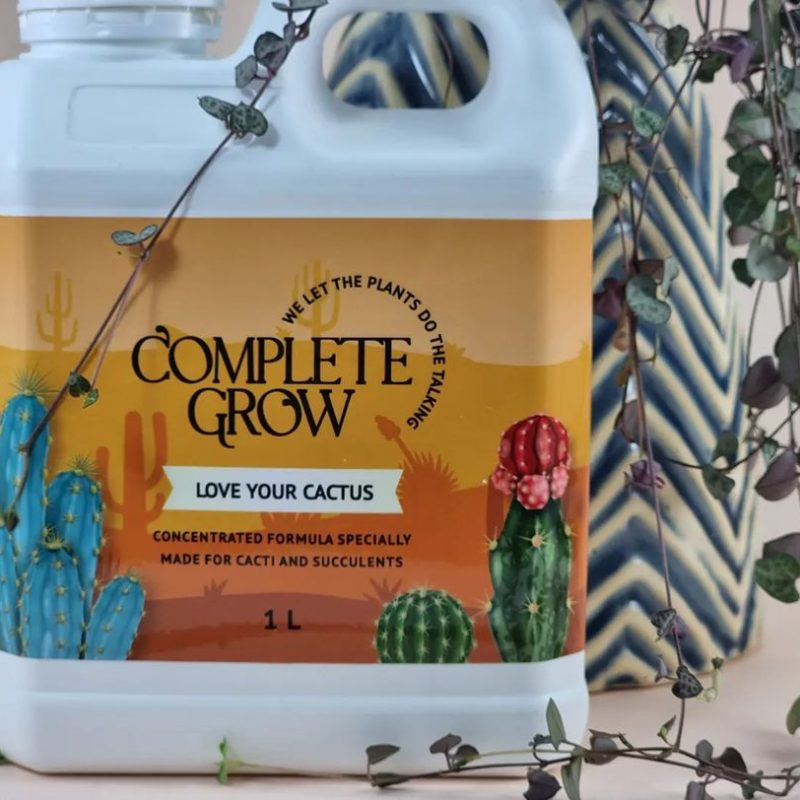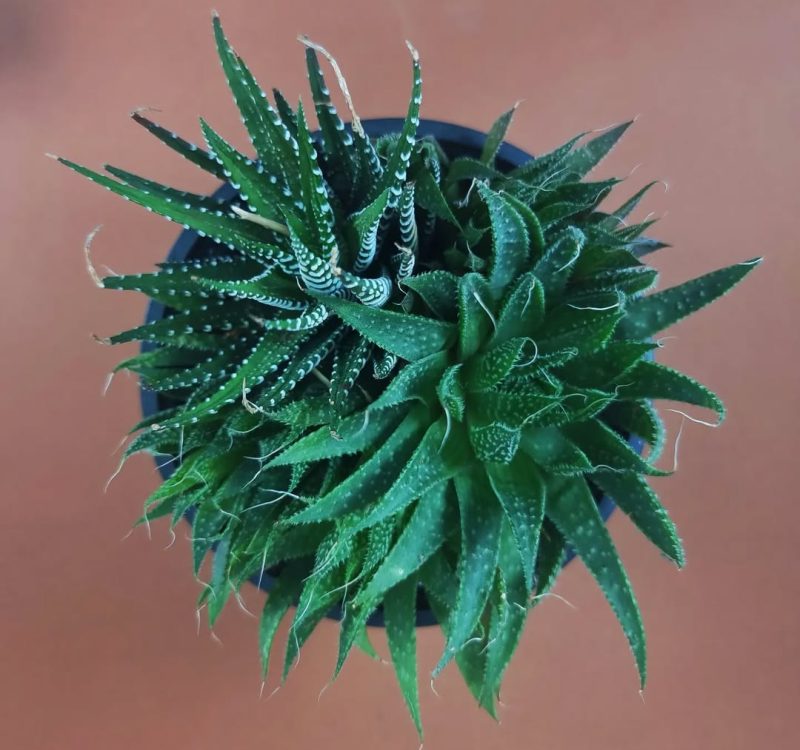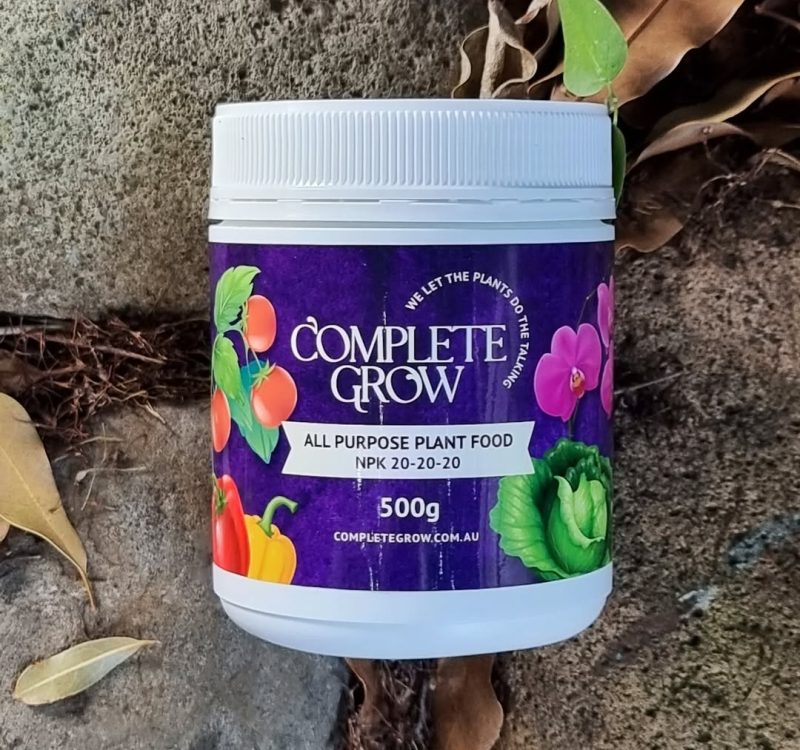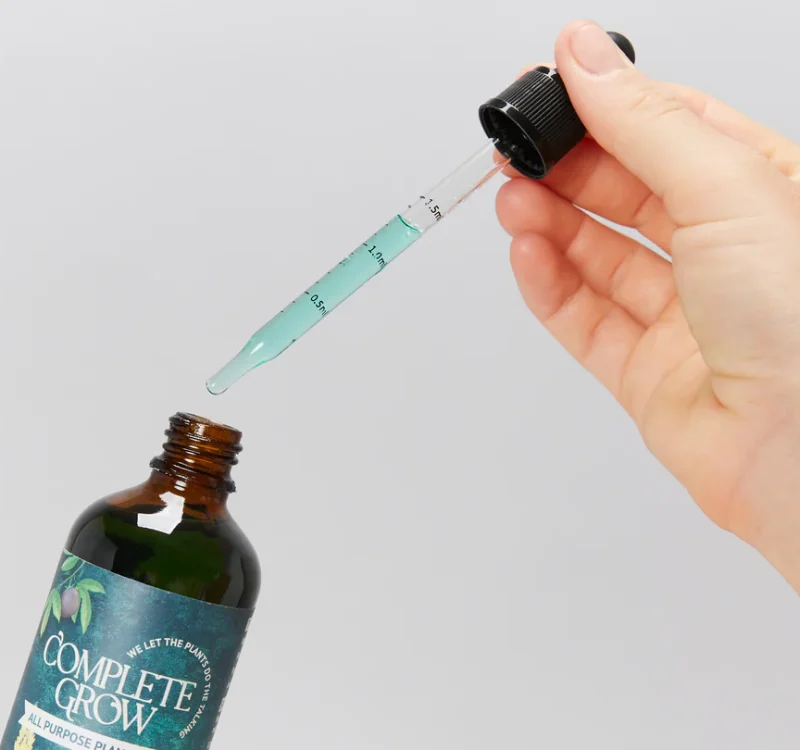Cotyledon orbiculata
Transform Your Garden into a Personal Paradise!
Cotyledon Orbiculata: Complete Care & Growing Guide for Australian Gardens
Cotyledon orbiculata (Pig’s Ear) is a sun-loving South African succulent prized for its powdery silver leaves, sculptural rosettes, and vibrant bell-shaped flowers. It’s a natural fit for Australian conditions—especially coastal and low-rainfall regions—where heat, glare, and lean soils challenge fussier plants. Thick, coin-like leaves store water, the chalky bloom (farina) protects against sun, and a woody base helps it shrug off dry spells. With the right potting mix and a sensible watering schedule, Cotyledon orbiculata rewards you with year-round structure and seasonal colour from late spring to summer.
Growing Conditions & Best Practices
Replicate its rocky, free-draining native habitat for best performance. That means abundant sun, sharp drainage, and water that arrives deep and seldom. In-ground plants thrive on mounded beds and rockeries; potted specimens suit courtyards and balconies where rainfall and irrigation are easy to control.
- Sunlight: Full sun to bright, open light. In very hot inland summers, offer light afternoon shade to protect new growth. Insufficient sun leads to lanky stems and dull foliage.
- Soil & Drainage: Use a gritty cactus/succulent mix. For in-ground planting, amend with coarse sand, scoria, or crushed granite to prevent waterlogging. Avoid moisture-retentive additives.
- Watering: Water deeply, then allow soil to dry right through. In warm months, this typically means every 10–21 days depending on pot size, exposure, and wind. In winter, reduce to occasional sips.
- Temperature & Frost: Best between 10–32 °C; tolerates light, brief frosts if soil is dry. In cooler zones, position under eaves or move containers to a protected spot.
- Airflow & Hygiene: Good airflow deters mealybugs/scale and helps leaves stay dry. Water at the base; avoid wetting foliage to preserve the protective powdery bloom.
- Containers: Choose wide, shallow pots with large drainage holes. Terracotta helps wick excess moisture. Elevate pots slightly to keep outlets clear.
Popular forms & lookalikes: ‘Silver Waves’ shows undulating, intensely silver leaves; variegata/variegated types display creamy margins; C. macrantha has broader pads and similar drought habits. All prefer the same sharp-drainage setup and bright exposure. For design, pair with contrasting textures—fine grasses, upright aloes, or dark basalt rock—to make the silver foliage pop.
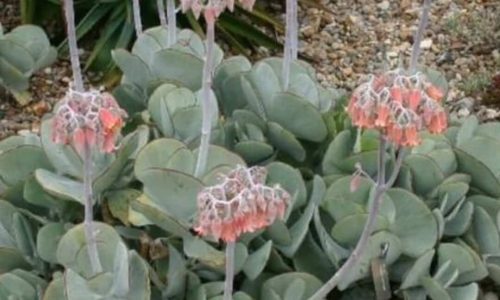
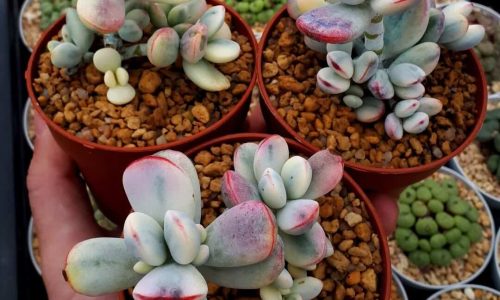
How to Propagate Cotyledon Orbiculata
Cotyledon orbiculata propagates reliably from stem cuttings and, with patience, from single leaves. Propagate in late spring to early summer when warmth and light accelerate rooting and reduce rot risk.
Stem cuttings (fastest, most reliable):
- Select a firm, pest-free tip cutting 8–12 cm long. Remove lower leaves to reveal 2–3 cm of stem.
- Allow to callus 2–5 days in bright, airy shade. The cut end should feel dry and leathery.
- Pot into a shallow container filled with a gritty propagation mix (e.g., 60% succulent mix, 40% coarse sand/pumice/scoria). Insert just deep enough to stand upright.
- Mist the mix lightly on day one, then wait ~5–7 days before the first gentle drink. Keep warm (18–26 °C) with bright, indirect light.
- After 3–5 weeks, check for resistance (new roots). Transition gradually to more sun over 10–14 days to avoid scorch.
Leaf cuttings (slower but effective):
- Twist off a full, undamaged leaf cleanly—no tears. Any remaining leaf base on the stem reduces success.
- Callus 3–7 days. Place on top of dry, gritty mix; do not bury.
- Lightly mist the substrate every 5–10 days. Keep bright, not hot. Roots and tiny rosettes emerge in 4–10 weeks.
- When the plantlet forms and roots anchor, pot carefully. Introduce brighter light gradually.
Division & rejuvenation: Older clumps can be lifted and divided if multiple branches are visible. Trim away tired, woody sections and re-root healthy tips as cuttings. This resets plant shape and keeps foliage close and full.
Common propagation pitfalls: Overwatering pre-callus (rot risk), too little light (weak, etiolated growth), and dense mixes (slow or failed rooting). Always prioritise air space in the substrate and patience between drinks.
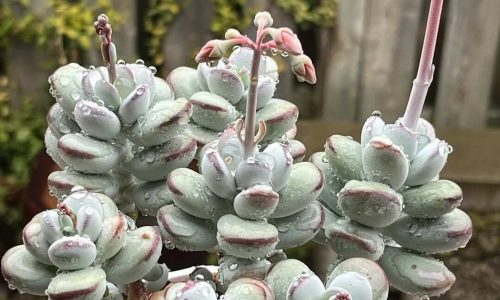

Problems, Solutions & Feeding (with FAQ)
Healthy Cotyledon orbiculata is compact, silvery, and firm to the touch. Most issues trace back to excess moisture, insufficient light, or poor airflow. A light, balanced feeding during active growth supports steady colour and flowering without sacrificing drought resilience.
- Root rot: Leaves mushy, stems collapse from the base. Action: Unpot, trim to firm tissue, re-root tips as cuttings in dry, gritty mix; correct watering and drainage.
- Etiolation (stretching): Long gaps between leaves, weak colour. Action: Increase sun exposure gradually; take tip cuttings to reset form.
- Mealybugs & scale: Cottony clusters or hard bumps on stems/leaves. Action: Isolate, dab with alcohol on a cotton bud, then treat with a suitable insecticide. Improve airflow and avoid sticky honeydew buildup.
- Sun scorch: Pale or browned patches after sudden light increase. Action: Step up exposure over 10–14 days; water the soil (not leaves) during heat spikes.
- Nutrient stress: Slow growth, lacklustre flowers. Action: Apply a low-nitrogen, succulent-appropriate feed sparingly in spring–early summer.
Feeding Strategy: Apply a light dose once at the start of active growth, then reassess. Succulents store nutrients efficiently—more is not better. Overfeeding encourages soft growth and can diminish the protective bloom.
Questions & Answer
How to propagate Cotyledon orbiculata? Use firm stem tips, callus for several days, and root in a gritty mix kept lightly moist. Leaves also root, but more slowly—callus thoroughly and rest them on the mix surface until plantlets form.
How often should I water? In warm weather, every 10–21 days depending on pot size, exposure, and wind. In winter, water sparingly. Always let the mix dry completely between drinks.
Can it grow indoors? Yes—near a north or west-facing window with several hours of direct light and excellent airflow. Rotate the pot weekly for even growth.
Is ‘Silver Waves’ care different? Care is identical: sharp drainage, bright light, sparse watering. The ruffled, highly silver leaves show best colour in stronger light with low humidity.
Recommended Product (use once, lightly): For predictable results, feed with CompleteGrow Cactus Succulent Plant Food Fertiliser Concentrate (2–7–7) at a reduced rate in spring to support flower formation and sturdy, compact growth. Avoid high-nitrogen fertilisers that promote soft, weak tissue.
Recommended Products
- Quick View
- Select options This product has multiple variants. The options may be chosen on the product page


